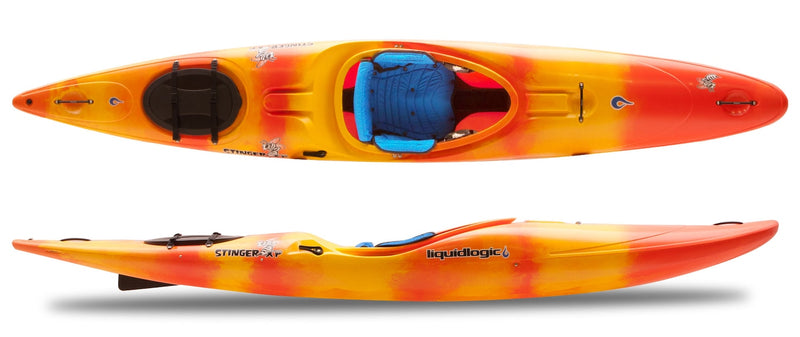
we make great kayaks
for people who love great kayaks
We started Liquidlogic because we wanted to make great kayaks. Turns out we were building much more than that. Our kayaks can help you tackle any rapid, and break through any boundary...personal, physical, or otherwise. Our rugged, lightweight kayaks also excel at bringing people together. Some even do both. Let’s get you the right tool for the job:
We break barriers on the water, just like our paddlers do day in and day out.
We are proud to announce that Liquidlogic just earned the title of Fastest Growing Watersports Brand in the U.S. Outdoor Specialty Market by The NPD Group. Whether you are running a rapid, or exploring a new waterway, Liquid Logic is your trusted vesel for fun. Come paddle with us!
COMPLETE 2024 LINE
Recreational Kayaks
the liquidlogic versa
Introducing the Versa – your all-in-one adventure partner! This hybrid SUP and sit on top brings endless fun for you, your kids, dogs, and fishing enthusiasts.
With a retractable skeg, wheel system, accessory track, and removable seat on its open deck, customize your experience seamlessly. Stand, sit, fish, or just paddle – the Versa promises a lightweight, lively, and fully customizable thrill ride for all types of water play. ver
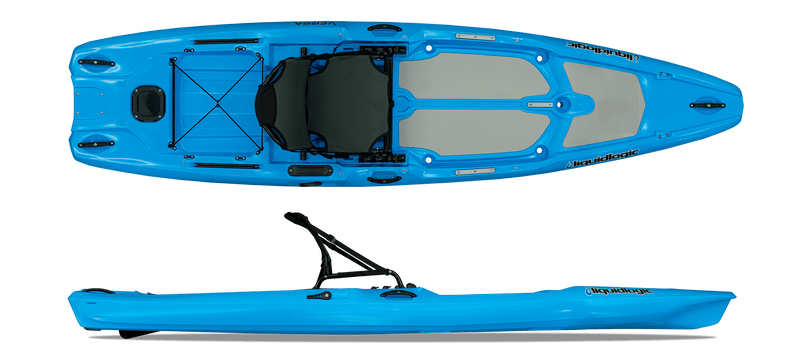
the liquidlogic saluda
When we started liquidlogic, our first recreational kayak was called the Saluda and was a progressive departure from typical cookie cutter kayaks.
Twenty years later we introduce the all new Saluda series, a unique vision for comfort, performance, and all day paddling fun.
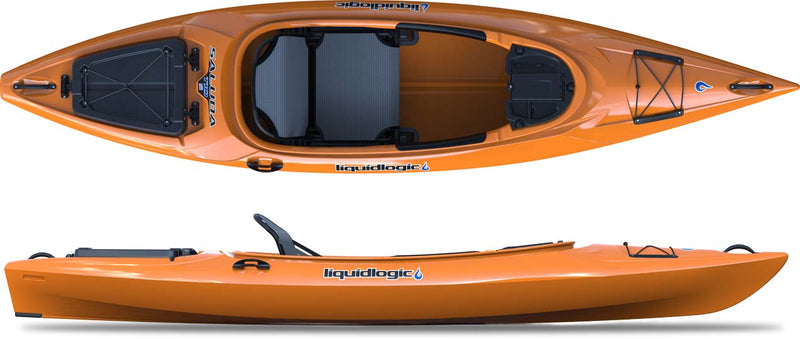
the liquidlogic kiawah
The Liquidlogic Kiawah has an innovative new sit-on-top hull shape that offers excellent efficiency along with superior tracking and stability.
This new "Relax" hull is tuned to maximize your day on the water no matter whether it's your first kayak outing or you're practically a pro. With a premium open floor plan that features a large rear well and bow deck (LX package featuring the K-9 Comfort Pad and wheel sold separately), the Kiawah has space for all your gear and your dog too.
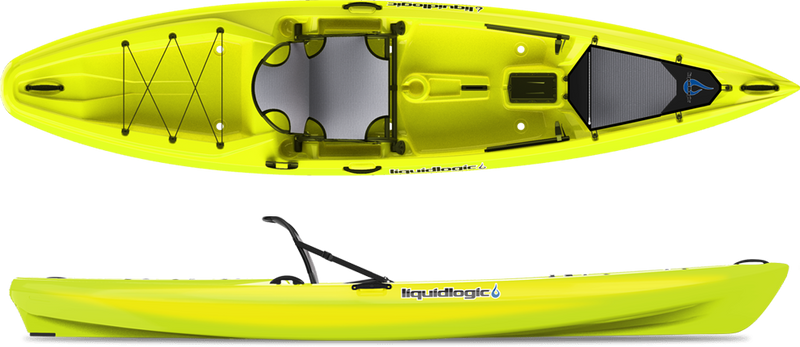
the liquidlogic manta ray propel 12
The Smooth, Quiet, Fun recreational pedal kayak has arrived!
Designed to be a quiet ride, the Manta Ray Propel 12 recreational kayak is a pedal-driven cruiser.
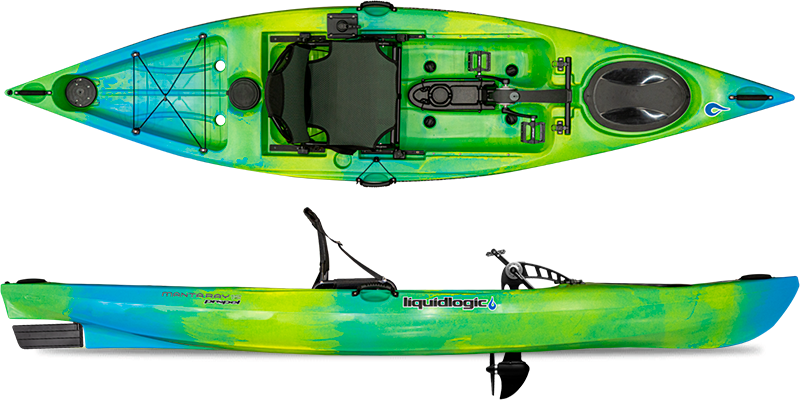
the liquidlogic stingray
The stingray rides high and dry and provides serious stability and comfort.
The super stable hull design with a pronounced stern keel for excellent tracking rides nice in swells, waves and choppy conditions. The rockered and flared bow design is at home in coastal marshes, bays, lakes as well as cruising the local river.
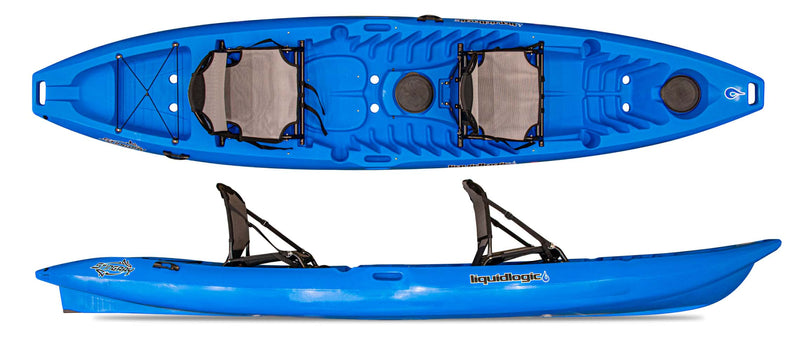
the liquidlogic remix xp9 + xp10
It is often said that there is gap in kayak design, that no 'one' kayak excels in whitewater yet carries speed across flat calm lakes and slow moving rivers. That is ...until now.
The Remix XP was designed to bridge the gap between the two once and for all. The Remix XP is an extension of our popular river runner series and although its roots are firmly planted in whitewater the XP's extended waterline allows it to cruise the flats with ease.
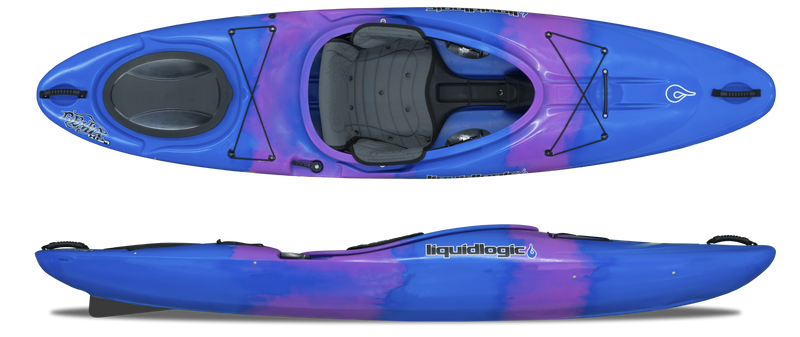
the liquidlogic coupe xp
Versatility is the name of the game these days.
When it comes to getting your money's worth and the Coupe offers it up in large doses. This one-of-a-kind hybrid design is fun, stable, easy to paddle and is as comfortable on rivers and lakes as it is riding your favorite ocean break.
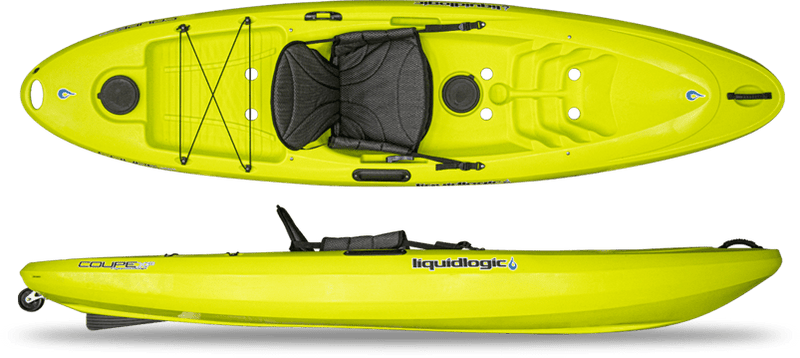
the liquidlogic deuce coupe
Double your pleasure, double your fun.
That's the motto of this tandem sit on top kayak. Like its solo counterpart, the Deuce Coupe is the most versatile tandem sit on top ever produced and the only tandem sit-on-top kayak with a deployable skeg for tracking.
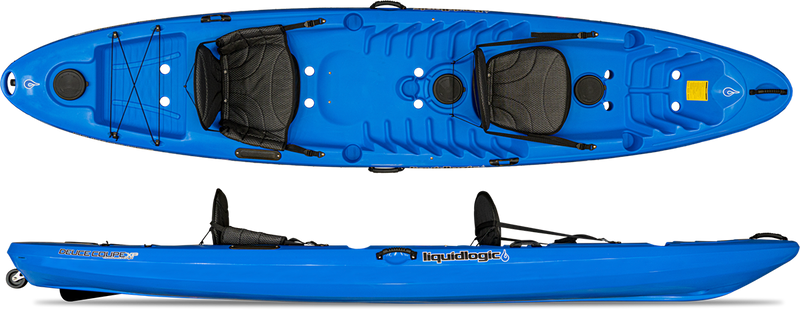
Whitewater Kayaks
the liquidlogic powerslide
Introducing the Powerslide, a 10’ long speed machine with slalom lineage, half slice chops, and creative, stylie river running on its mind.
By combining the speed and maneuverability of modern slalom kayaks with a playful planing hull and modern bow rocker we’ve created a boat that will give you the power to redefine how you paddle rivers.
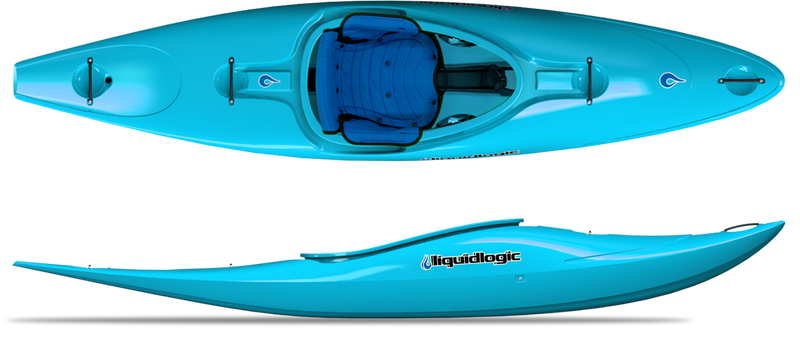
the liquidlogic hot whip
A play machine for the whole river, play spots and rapids included.
The Hot Whip is the ultimate boat for those who want to play hard on the entire river without sacrificing comfort and style going downstream. As a half slice, it's designed with play in mind, but can still take on river running with confidence.
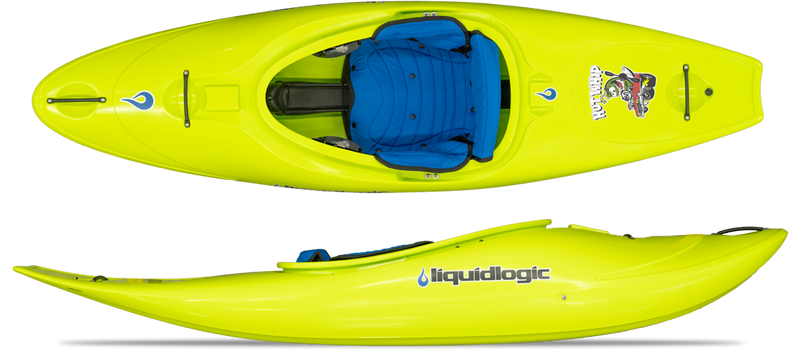
the liquidlogic sweet ride
High performance river running with a side of play.
This half-slice beauty will get you boofing your way downstream, carving turns through rock gardens, pulling onto a catch on the fly wave and squirting a nice seam.
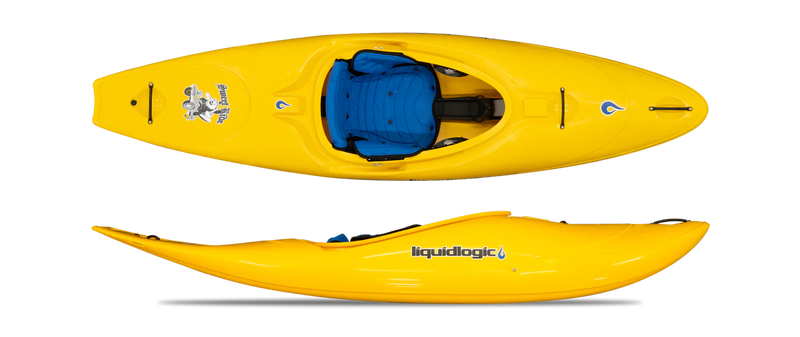
the liquidlogic rmx
The RMX performs in the same all-river category that the Remix has for nearly 15 years: it’s a boat that can do it all.
The RMX is a boat that can give confidence to a newer paddler running their first class III, and can excite the best paddlers in the world to explore the hardest rivers they’ll run.
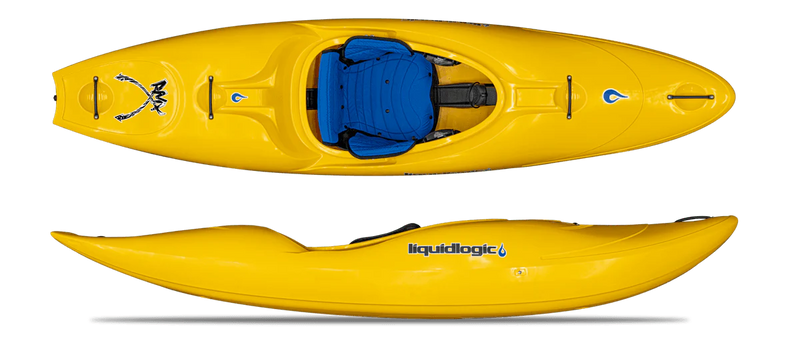
the liquidlogic homeslice
The homeslice takes the win for best whitewater boat at Paddlesports Retailer 2018!
The Retro-Slice revolution is in full swing. We brought you the Party Braaap and Mullet to start it all. Now it’s time to introduce our cartwheel, squirt, splat, surf, flow machine, the Homeslice.

the liquidlogic Remix 47
The world works in cyclical ways and whitewater kayaks have progressed tons over the last several years.
The Remix 47 is a new concept altogether that combines the clear advantages of a relatively narrow and longer hull platform with modern chine placement to create an unrivaled comfortable, stable and responsive package.
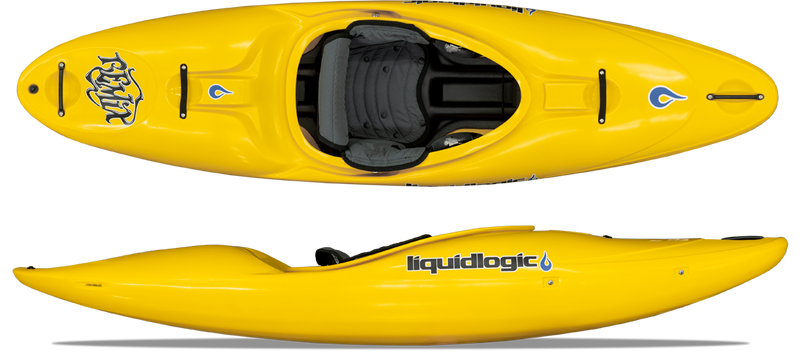
Crossover Kayaks
the liquidlogic remix xp9 + xp10
It is often said that there is gap in kayak design, that no 'one' kayak excels in whitewater yet carries speed across flat calm lakes and slow moving rivers. That is ...until now.
The Remix XP was designed to bridge the gap between the two once and for all. The Remix XP is an extension of our popular river runner series and although its roots are firmly planted in whitewater the XP's extended waterline allows it to cruise the flats with ease.
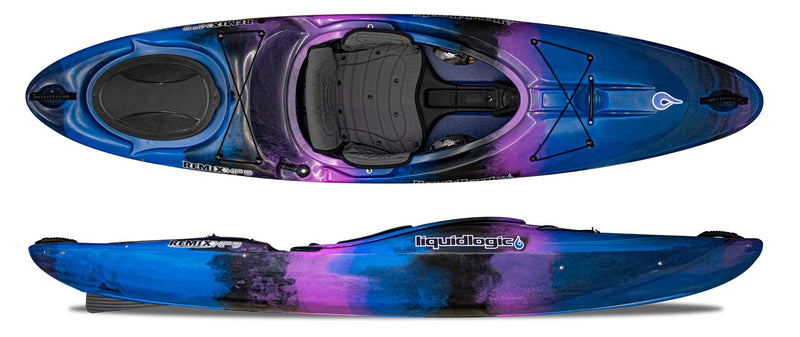
the liquidlogic coupe xp
Versatility is the name of the game these days
When it comes to getting your money's worth and the Coupe offers it up in large doses. This one-of-a-kind hybrid design is fun, stable, easy to paddle and is as comfortable on rivers and lakes as it is riding your favorite ocean break.

the liquidlogic deuce coupe
double your pleasure, double your fun.
That's the motto of this tandem sit on top kayak. Like its solo counterpart, the Deuce Coupe is the most versatile tandem sit on top ever produced and the only tandem sit-on-top kayak with a deployable skeg for tracking.
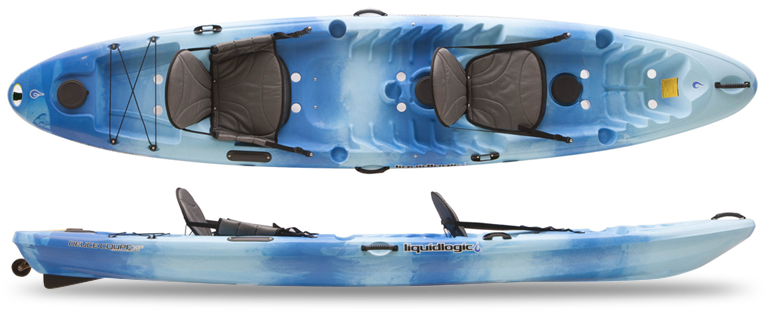
the liquidlogic stinger xp
the next level in crossover design
This game changing design combines the performance of its race-dominating sibling with the convenience and tracking of our award winning Remix XP design
